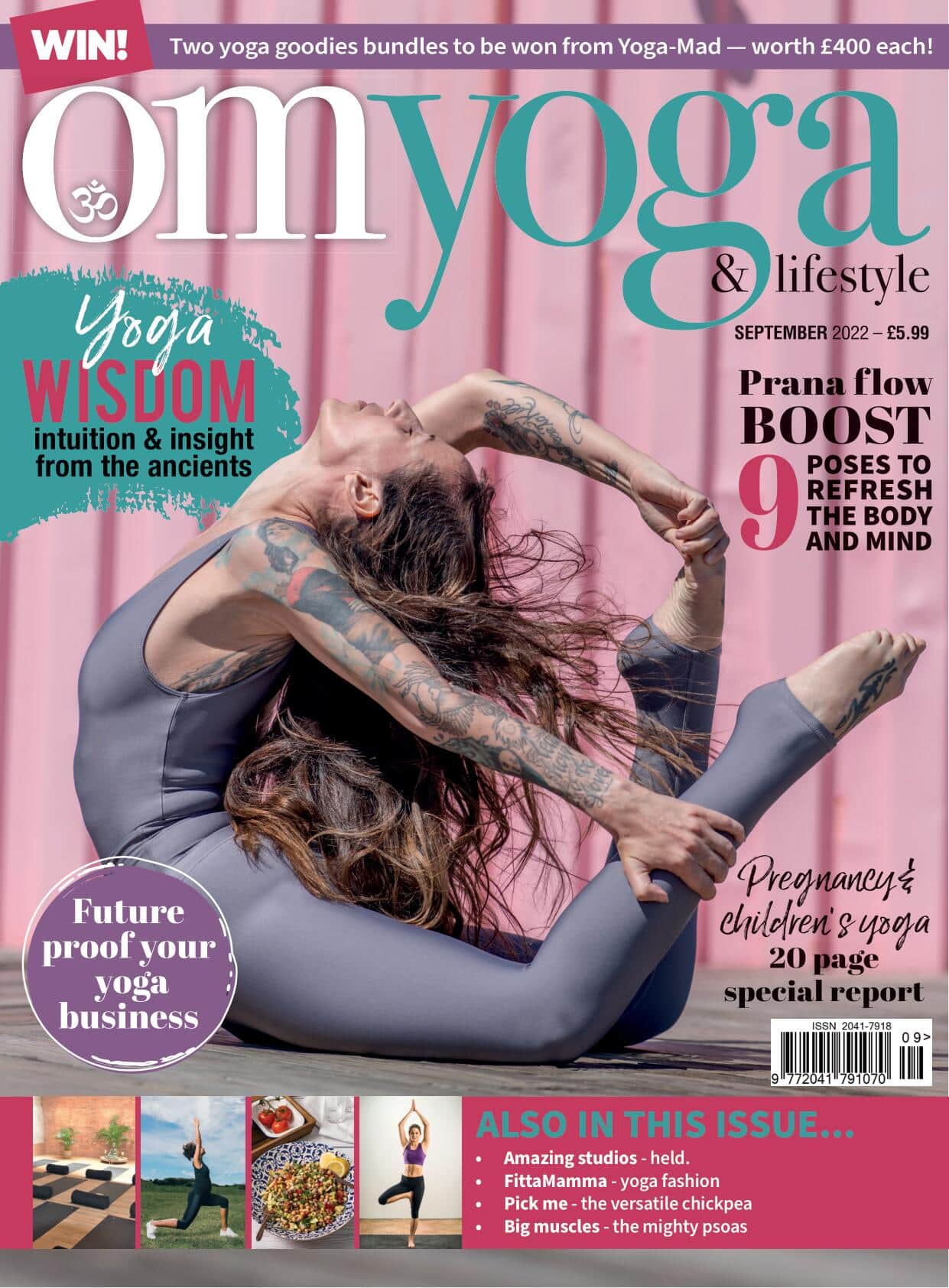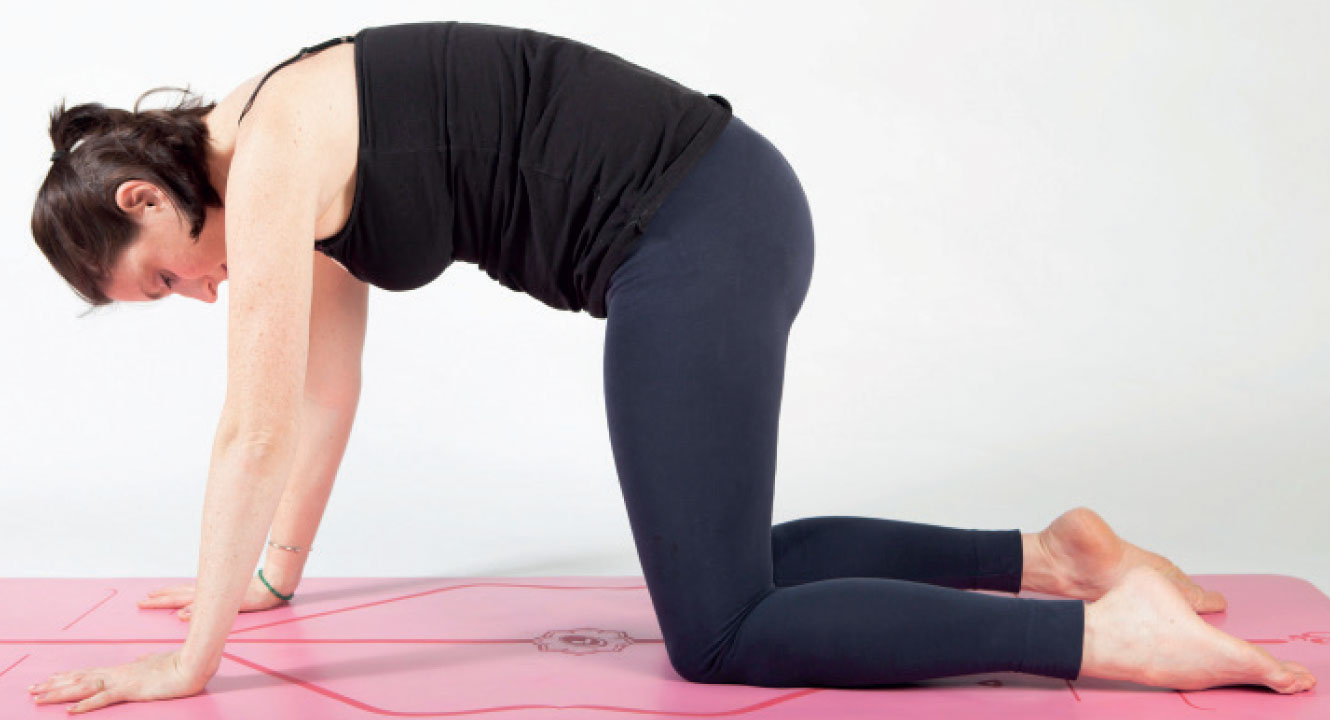
Are you okay, mama?
Yoga can have a valuable role to play in helping mums navigate the challenging path after childbirth, especially when postnatal depression strikes. By Sally Parkes
The first few months after giving birth can feel so profound yet different for everyone, with no one experience the same. Some mothers recover well early on and some take longer to feel like themselves again, or indeed settle into their new versions of themselves, and that’s okay.
This is because pregnancy, birth and day-to-day mothering is a very individual journey, with our varying preconceptions, expectations and mental and physical conditioning all playing a part in the experience. Culture too plays a massive part in the postnatal chapter of a mother’s life, the effect of which is not always positive.
In the Western hemisphere for example, our culture tends to place heavy emphasis on a mother’s physicality, with particular attention often being placed on postnatal weight loss. While this can (very) occasionally be a valid place to start for some people, the missing link with this kind of one-angled approach is the consideration for the mother’s mental health, especially as we know now that physical and mental wellbeing are inextricably linked, and so should be approached and treated as such.
It is helpful then, to consider the mother as the multi-layered holistic being that she is (as we all are), and to recognise that whatever affects the physical body will affect the energetic and mental bodies also. For example, rather than just focusing on only yoga asana (which when mis-prescribed often creates more imbalance), let’s start with a focus on whatever physical movement feels good in the moment, positive enforcement, and regular deep relaxation.
Pair this with good nutrition and a daily dose of fresh air and the mother has a greatly increased chance of a positive and timely recovery. Sometimes however, that positive recovery doesn’t quite happen as we would hope, with 15-20% of people enduring some sort of postnatal depression.
This can display itself with feelings of being overwhelmed and anxious at seemingly simple tasks, a mother having very little emotion when holding her baby (dissociation) or worrying about the general wellbeing of her infant and her mothering skills to the point of constant anxiety.

When left untreated, postnatal depression and anxiety can sometimes lead to ‘dysregulation of the nervous system’ with physical symptoms often including muscle tension, rapid breathing and an increased heart rate, all of which are often preceded by racing and/or erratic thought patterns. Depression and anxiety effects 15-20% of women in the first year after childbirth (nice.org.uk).
Symptoms of postnatal depression and anxiety can also include (NHS.co.uk):
• a persistent feeling of sadness and low mood
• lack of enjoyment and loss of interest in the wider world
• lack of energy and feeling tired all the time
• erratic eating patterns leading to weight gain/loss
• trouble sleeping
• difficulty bonding with your baby
• withdrawing from contact with other people
• problems concentrating and making decisions
• frightening thought processes
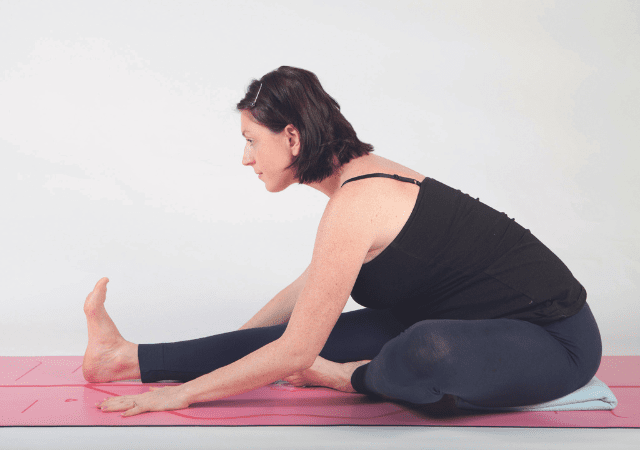
When left untreated, postnatal depression and anxiety can sometimes lead to ‘dysregulation of the nervous system’ with physical symptoms often including muscle tension, rapid breathing and an increased heart rate, all of which are often preceded by racing and/or erratic thought patterns. Depression and anxiety effects 15-20% of women in the first year after childbirth (nice.org.uk).
Symptoms of postnatal depression and anxiety can also include (NHS.co.uk):
• a persistent feeling of sadness and low mood
• lack of enjoyment and loss of interest in the wider world
• lack of energy and feeling tired all the time
• erratic eating patterns leading to weight gain/loss
• trouble sleeping
• difficulty bonding with your baby
• withdrawing from contact with other people
• problems concentrating and making decisions
• frightening thought processes
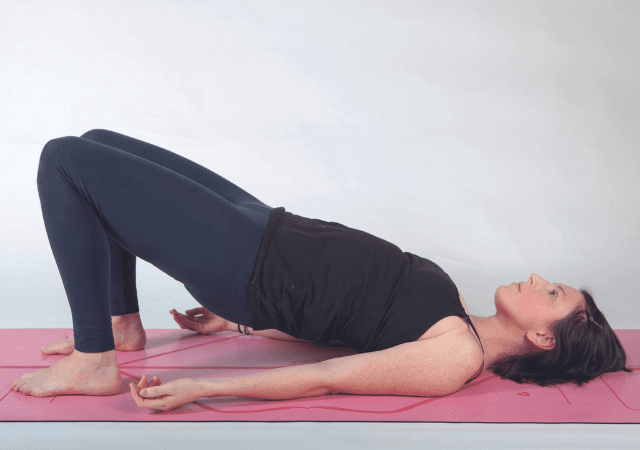
“Mental Health during pregnancy and post-birth is a major individual, family and public health issue” - Alain Gregoire, Chair of Maternal Mental Health Alliance.
But why does it happen?
Firstly, it is important for the mother to acknowledge that postnatal mental health issues after giving birth can happen to anyone and at any time, and it is not her fault. The symptoms can arise for a variety of reasons including a history of anxiety and/or depression, a difficult birth situation and a challenging transition into motherhood as a result, self-image issues, relationships and financial problems.
And, sometimes, because of the way the individual mother’s body is programmed to releases hormones, it just happens.
It is also important to note that many women do not realise they have postnatal depression, because it develops later on in their postnatal journey, so awareness is key.
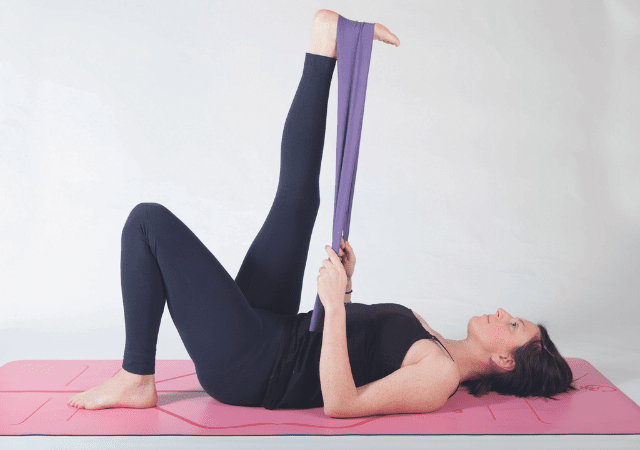
Getting help and self-care
Firstly, for anyone who believes they have issues associated with postnatal depression and anxiety, it is advisable that they see a professional care provider in the first instance.
And then on a daily basis…
Manage expectations: In a society that exists within an inordinate amount of daily pressure, it can often lead us to feeling like something is missing or that we are not doing enough. It takes time to transition into motherhood though and it is an ongoing transformation that never ends.
It is constantly in flux and we are all learning as we go, so a little time out from the world (both digital and real) to remind ourselves that there is no such thing as a perfect mum or parent, can be empowering. Take deep rest and eat well: It can be challenging to receive the nutrients needed to help regulate the nervous system (and therefore the mind) when the body is not receiving the rest and nutrition it needs.
A balanced diet of quality proteins, fats and low glycaemic carbohydrates plus plenty of fluids are essential to healthy brain activity, physical recovery, and hormonal balance while proper rest will allow for absorption of the nutrients. Obviously, though, when caring for a baby this can be tricky to achieve, especially if the mother’s mental health is compromised. That’s why finding hacks such as online food shopping, batch cooking and using a slow cooker are helpful ways to manage the nutritional side of things, while wellness apps that offer short but effective relaxation techniques, such a Yoga Nidra, are a life saver as they can more easily fit in around a baby's routine.
Enjoy healthy movement: The endocrine system releases hormones from its glands, with the pineal gland releasing melatonin and serotonin, and the hypothalamus and pituitary gland releasing endorphins. The regular release of these hormones is essential to mental wellbeing and can be stimulated through human movement, so we must move in order to balance mental health.
For the postpartum phase it is of course important to go gently at first, and then slowly grow into more energetic movement patterns as and when the mother is ready. Postnatal yoga and pilates and walking in the fresh air are all perfect ways to move and enjoy an influx of happy hormones at the same time. These yoga postures are wonderful for gently nudging the body back into a yoga practice without strain as they require small ranges of movement and are grounding in essence:
Cat Stretch Pose: From a box position, exhale deeply so the abdomen and pelvic floor contracts while rounding the spine, relaxing the head down. Hold for 2-3 breaths and repeat three times.
Seated Chest Opener: Sit comfortably. Hold a yoga belt or similar behind the back with the palms of the hands facing outwards. Inhale and lift the sternum and face upwards and continue to breathe deeply into the heart area. Hold for up to five breaths.
Gentle Downward Dog Pose: From box position, tuck the toes under and lift the knees, gently straightening out the arms and legs on a nice long exhale. Take the feet to the edges of the mat and the hands a little wider than the shoulders and try to soften into the pose. Relax the neck and simply breathe for up to five breaths.
Head to Knee Pose: From sitting, bend the left leg and drop it out to the side, supporting the bent leg with a yoga block or cushion if needed. Gently fold forwards from the waist, supporting yourself with the hands on the ground. Take five deep breaths before rolling the spine back up to sitting.
Gentle Shoulder Bridge Pose: Lying supine, place the feet flat to the floor with the ankles aligned underneath the knees. Slowly lift the hips upwards keeping the arms relaxed on the ground for support. Pause here for 3-5 breaths before rolling back down.
Hamstring Stretch: Remain in a supine position and reach one leg up towards the sky, placing a yoga belt or similar around the foot. Press into the heel to increase the stretch further into the calf muscle while relaxing the shoulders and lower back down into the mat. Hold for five breaths before repeating on the other leg.
Savasana: Rest on the mat now in a comfortable position and focus on the breath for five minutes if possible, breathing deeply throughout.
Sally Parkes BSc is a mother of two daughters who specialises in pregnancy and postnatal yoga teacher training and is the author of the book, ‘The Manual of Yoga Anatomy’.


